Courses Infomation
Thetimefactor – TRADING WITH PRICE

Thetimefactor – TRADING WITH PRICE
Archive : Thetimefactor – TRADING WITH PRICE
TRADING WITH PRICE
Beautifully presented in over one hundreds pages of easy to follow descriptions and coloured charts, you will be privy to some of the most powerful price forecasting techniques in the markets. Real life and up to date examples covering the S&P 500 stock index are used to explain how these price techniques work across any market. Learn how to incorporate these price techniques into your trading, today!
We are so certain that these techniques will work in any liquid market, that we will gladly provide a 100% Money Back Guarantee if they don’t.*
TOPICS COVERED INCLUDE
TRADING WITH THE TREND
- – How the mathematical and geometric relationships work in the market
- – An introduction to W.D. Gann, Fibonacci and Elliot Wave theory
- – How to identify and trade with the trend
- – Gann Swing Charts
- – Identifying Sections of the Market
- – Overbalancing of Time and Price
- – The best trend measuring techniques used by the professionals
- – How to use trend lines, trend channels and moving averages
HOW TO FORECAST PRICE
- – Price Retracements
- – Determining major and minor price ranges
- – How to know when a Fibonacci retracement will hold
- – Using previous market prices to forecast future market prices
- – Price projections: forecasting future tops and bottoms to the exact point
- – Detailed example of how I forecast the S&P 500 top in September 2012 to the exact point
HOW TO DETERMINE THE STRENGTH OF A MARKET
- – Using Pitch Lines to determine the strength of a market move
- – The ‘Barillaro Box’: my own trend tracking indicator
- – The ‘Barillaro Angle’: my own price forecasting technique
AN INTRODUCTION TO TIME
- – Time & Price angles
- – How to know which Time & Price angle to use
- – Gann Master Square calculators
THE BEST TRADE ENTRY AND EXIT TECHNIQUES
- – The five rules for risk management
- – Entry and exit points for trades with the trend
- – Entry and exit points for trades against the trend
What is forex?
Quite simply, it’s the global market that allows one to trade two currencies against each other.
If you think one currency will be stronger versus the other, and you end up correct, then you can make a profit.
If you’ve ever traveled to another country, you usually had to find a currency exchange booth at the airport, and then exchange the money you have in your wallet into the currency of the country you are visiting.
Foreign Exchange
You go up to the counter and notice a screen displaying different exchange rates for different currencies.
An exchange rate is the relative price of two currencies from two different countries.
You find “Japanese yen” and think to yourself, “WOW! My one dollar is worth 100 yen?! And I have ten dollars! I’m going to be rich!!!”
When you do this, you’ve essentially participated in the forex market!
You’ve exchanged one currency for another.
Or in forex trading terms, assuming you’re an American visiting Japan, you’ve sold dollars and bought yen.
Currency Exchange
Before you fly back home, you stop by the currency exchange booth to exchange the yen that you miraculously have left over (Tokyo is expensive!) and notice the exchange rates have changed.
It’s these changes in the exchange rates that allow you to make money in the foreign exchange market.
Salepage : Thetimefactor – TRADING WITH PRICE
More From Categories : Time & Price Analysis
Curriculum:
156:” “;}}
“;}}

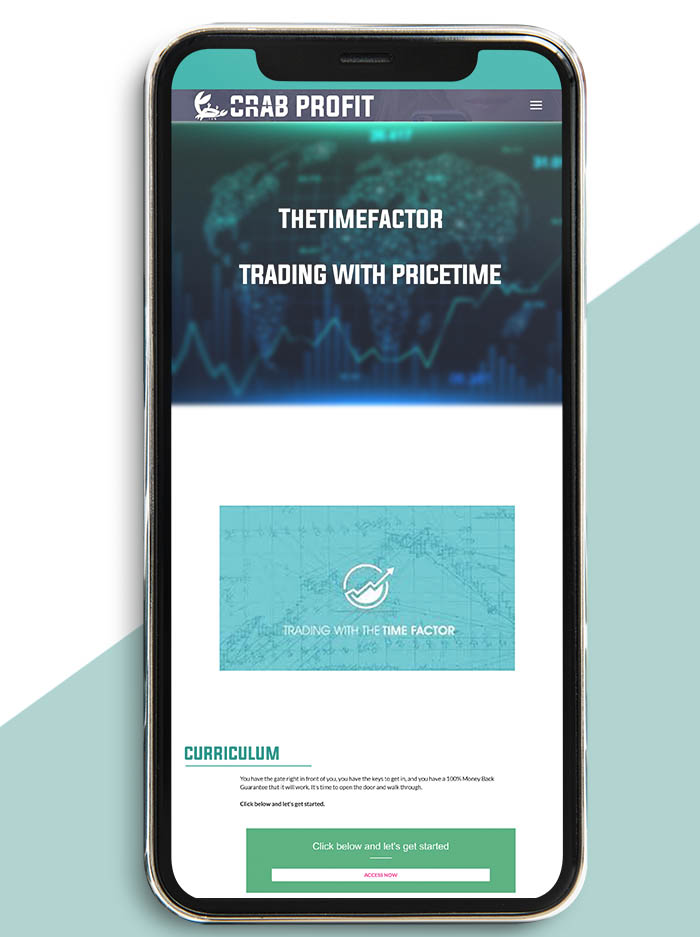
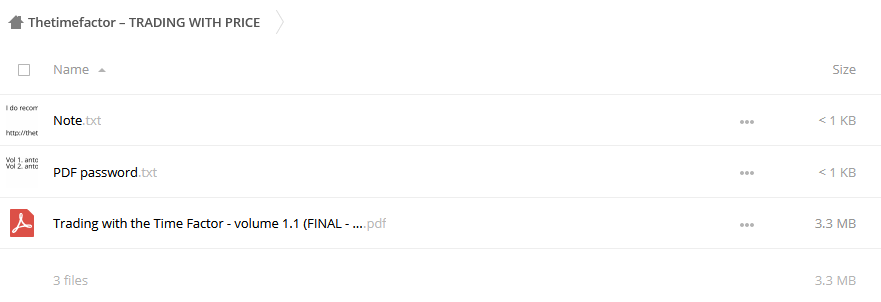
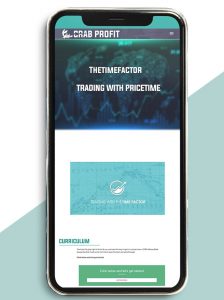
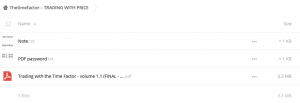


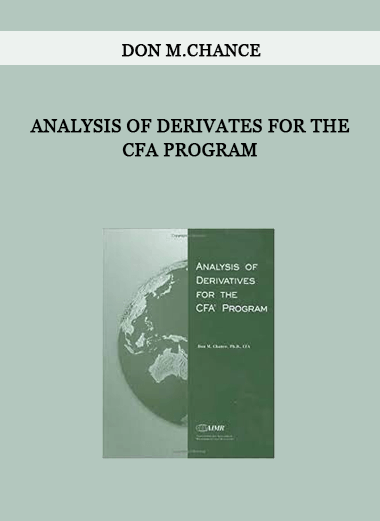
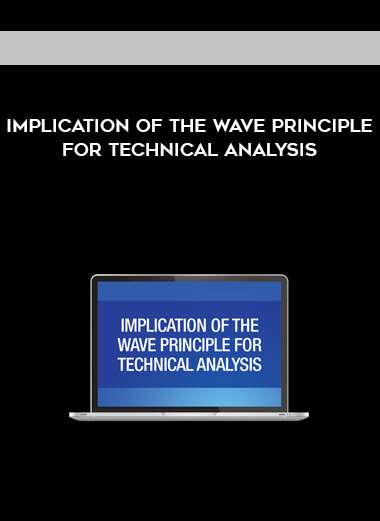

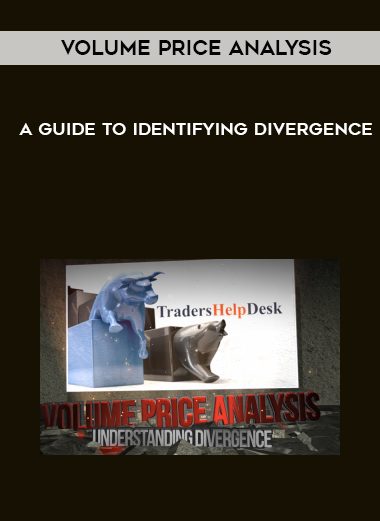

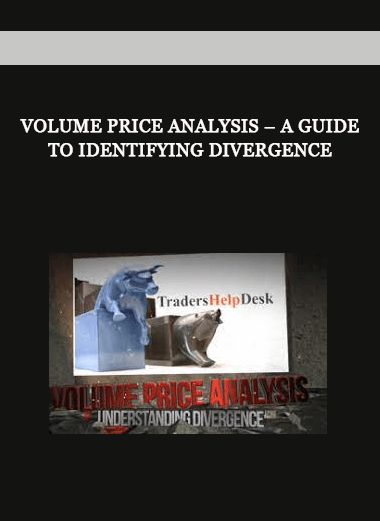





















Reviews
There are no reviews yet.